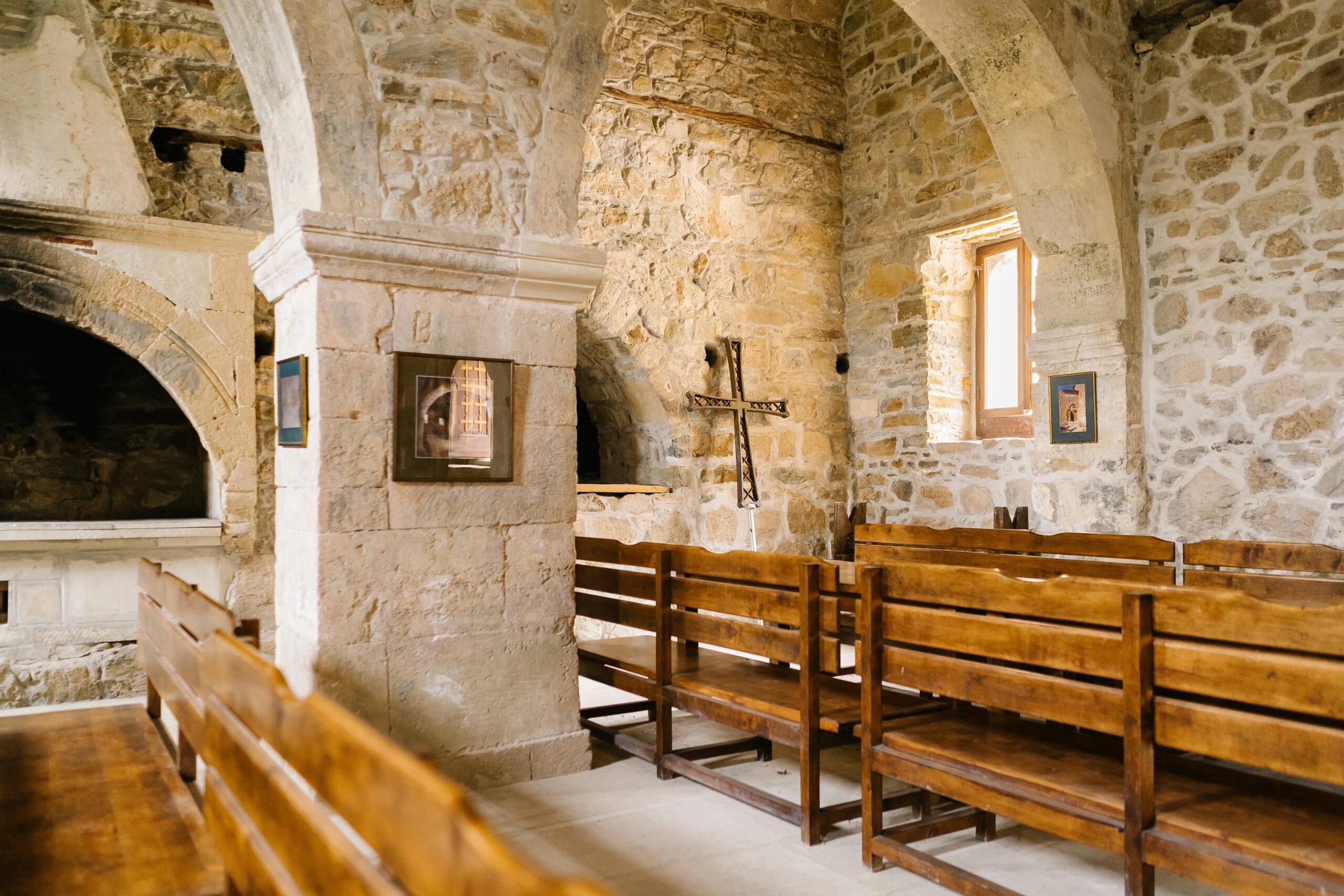Sacred sites hold immense cultural, spiritual, and historical significance. These locations, often associated with religious or indigenous traditions, serve as places of worship, pilgrimage, and reflection. However, many sacred sites worldwide face threats from urbanization, climate change, and tourism. Preserving these sacred places is not only vital for maintaining cultural heritage but also for promoting environmental sustainability and social cohesion.
Cultural and Historical Significance
Sacred sites are often deeply rooted in the traditions and histories of various civilizations. From ancient temples and mosques to indigenous ceremonial grounds, these places reflect the spiritual beliefs and customs of different communities. Historical landmarks such as the Vatican, Mecca, and Machu Picchu are not just tourist attractions; they are symbols of faith and identity for millions of people. Losing these sites would mean losing irreplaceable parts of human history and culture.
Spiritual and Religious Importance
Many sacred sites are integral to religious practices. For example, the Ganges River in India is considered holy by Hindus, while the Western Wall in Jerusalem is a significant site for Jews. These places provide solace, inspiration, and a sense of connection to the divine. Protecting them ensures that future generations can continue their religious traditions and find spiritual fulfillment.
Environmental and Ecological Preservation
Many sacred sites are located in ecologically sensitive areas, such as mountains, forests, and rivers. Indigenous communities often view these places as part of a greater natural balance, emphasizing conservation and sustainable practices. By preserving sacred sites, we also protect biodiversity, prevent deforestation, and promote sustainable tourism. Organizations and governments must implement policies that protect these areas from industrialization and environmental degradation.
Threats to Sacred Sites
Despite their importance, sacred sites face numerous threats:
- Urbanization: Rapid development often leads to the destruction or alteration of sacred landscapes.
- Climate Change: Rising sea levels, erosion, and extreme weather conditions endanger sites located near coastlines and mountains.
- Mass Tourism: Overcrowding and lack of proper management lead to pollution, vandalism, and damage to historical structures.
- Political and Religious Conflicts: Sacred sites often become targets of destruction during wars or territorial disputes.
Strategies for Preservation
To safeguard sacred sites, a combination of legal, educational, and sustainable strategies must be implemented:
- Legal Protection: Governments should designate sacred sites as protected areas, ensuring they are not exploited for commercial or industrial purposes.
- Community Involvement: Indigenous and local communities should have a voice in the preservation and management of their sacred lands.
- Sustainable Tourism: Implementing eco-friendly tourism practices, such as visitor limits and waste management programs, helps reduce the negative impact of human activity.
- Education and Awareness: Raising awareness about the significance of these sites can foster a sense of responsibility and respect among visitors and policymakers.
- Restoration Projects: Efforts should be made to restore and maintain sites that have suffered damage due to natural disasters or human interference.
Conclusion
Preserving sacred sites is essential for maintaining cultural identity, spiritual heritage, and ecological balance. These places are more than historical landmarks; they are living symbols of faith, tradition, and human connection to nature. By adopting sustainable practices and promoting awareness, we can ensure that sacred sites remain protected for future generations, honoring the wisdom and traditions of the past while securing their significance for the future.
By prioritizing the conservation of these invaluable locations, societies can foster greater respect for cultural diversity, environmental responsibility, and spiritual unity. The responsibility to safeguard sacred sites lies with governments, communities, and individuals alike, making it a global mission to cherish and protect these treasures of humanity.




